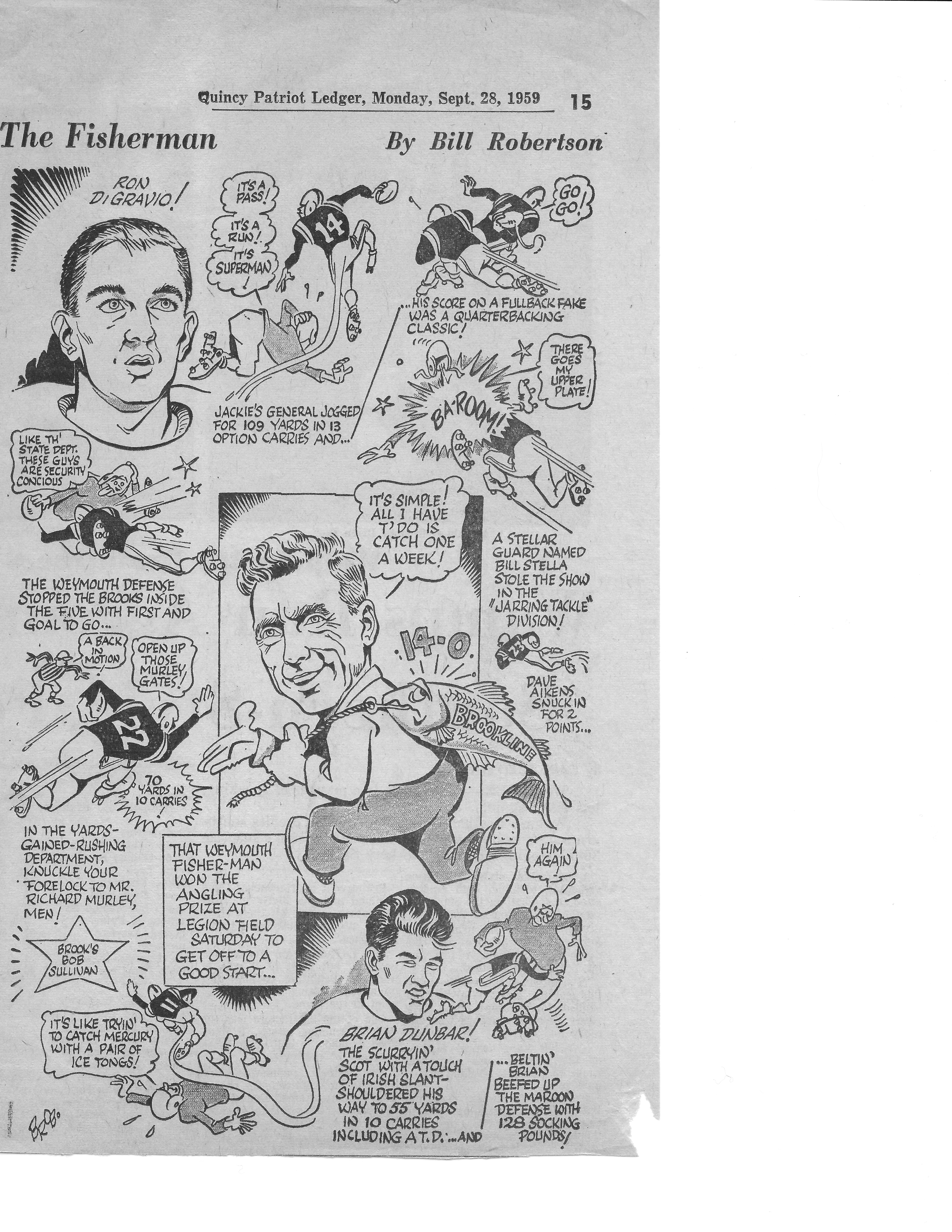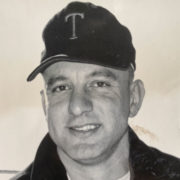
January 23, 2020
Veteran
Arthur Thomas Valicenti, Jr.
Celebration of Life Service
Sunday, February 9, 2020
2 PMThe Center for Arts at Thayer Academy
745 Washington StreetBraintree, MA 02184
Get Directions »
The only child of Arthur T. Valicenti and Edna Tuttle, he was a lifelong resident of Weymouth, MA. After graduating from Weymouth High School, he attended Thayer Academy where he met an amazing assortment of friends, including Vi, the love of his life. After Thayer, he attended the University of New Hampshire, graduating in 1955. Along with various social endeavors, he earned varsity letters in football, baseball, and hockey. He was the recipient of UNH’s Outstanding Athlete trophy his senior year. After graduation, Arthur served in the Air Force for two years pulling light duty while playing for the Air Force All Services football and baseball teams; He never got near an airplane, which was just as well.
A gifted natural athlete, he was drafted out of high school by MLB’s St. Louis Browns American League franchise. After his collegiate and service football came to an end, he was invited to try out with the NFL’s Green Bay Packers.
In 1958, he began his career as a coach and teacher at Thayer Academy, eventually rising to Athletic Director. His football teams were dominating, none more so than the undefeated 1964 squad that did not allow a single point scored against them through the entire season. 1964 was one of six undefeated football teams he coached. His hockey teams were just as legendary, winning six ISL/NE Prep Championships and shepherding a multitude of players to college careers and beyond. His baseball teams had an overall record of 196-100, and in his later years, he also coached the golf team. He is a member of the Mass High School Coaches Hall of Fame for football, hockey, and baseball, along with the Thayer and UNH Athletic Halls of Fame.
On sabbatical from Thayer in 1986, he was an assistant coach of football and hockey at Bowdoin college under the legendary Sid Watson, the head coach presiding over their first winning team in 18 years.
While highly competitive in his field, athletic prowess was not the only skill Arthur sought to develop. Among the multitude of college and professional athletes he helped develop, some of his most prized pupils were those of more limited physical ability, who later personified the tenets of dedication, teamwork, toughness, mental acuity, and humility that he sought to instill. He could be tough, and he could, if he felt you had earned it, be tender.
He retired from Thayer in 1989 and devoted his time to golf, hunting, and haunting fields, rinks, and diamonds, mentoring his six grandchildren. He was a member of the Halifax Country Club and later enjoyed privileges at both the Pembroke Country Club and the Harmon Club.
A celebration of his life will be held on February 9, 2020, at 2PM, at The Center for Arts at Thayer Academy, 745 Washington Street, Braintree. All are invited. In lieu of flowers, you are welcome to make a donation to the Arthur Valicenti, Jr. ’51 Scholarship Fund.
Can you imagine spending every summer in the same spot for 81 years? Richard Burgess, 91, former Marshfield school superintendent, can . . . and has, at Rocky Nook in Kingston.
KINGSTON -- The South Shore coast from Quincy to Plymouth is dotted with quaint and quirky summer homes that have been in the same families for generations. Not many carry the kind of timeline that Richard Burgess can claim.
Seated in the living room of his four-room ranch with enclosed back porch and open front deck, Burgess, 91, and his wife, Marjorie, 83, enjoy a stunning view across Kingston Bay that takes in the Gurnet, Saquish and Clark Island.
“This is my 81st year at this site,” Burgess, a former Marshfield school superintendent, says with pride. As he gazes out, stories going back to 1933 fill his head, ready for the telling. That was the year his father, Clifford, an English immigrant (Guernsey and Brookline police officer, first brought his family over the railroad tracks into Rocky Nook. The peninsula, just south of Duxbury, had been purchased by two Brockton investors around 1901 for a summer colony and, in the early 1930s the Burgess clan arrived to find two cottages, a house, a dance hall and a large sweeping field. Today hundreds of homes fill the space.
“We love it here — you see something different every day,” Burgess says.
His wife, a former Newton teacher, is just as smitten. “There aren’t many places where you get to look out at two lighthouses, Bug Light and Gurnet Light, at one glance,” she says. “It is a beautiful, beautiful spot.”
So much so that every year from May to October, weather permitting, they happily leave their year-round Kingston home just 1.7 miles away and resume “the old cottage” life.
His father wanted to get his seven children off the streets in the summer and Rocky Nook fit the bill. After renting for five summers for $50 to $75 a season, in 1938 he bought a cottage for $850, which included furniture, and drove down monthly from Brookline in the winter to make the payments to a “Mrs. Monks.” Her husband remains a vivid early vignette: always dressed in a suit, with a top hat, “like Abraham Lincoln.”
In the 1930s, there was a one-lane dirt road; passing cars drove up onto lawns. There was no heat, no running water, no sewer lines, no insulation. You could use the fireplace or wear two sweaters “whichever you preferred.”
Up until 1941, there were formal dances Saturday nights in the “dance hall” with evening gowns and suits. In 1942 life changed; gasoline rationing meant taking the train from South Station and walking over from the Cordage stop in Plymouth to the cottage, cutting a path through knee-high grass to the front door. His father had a large garden out back; they managed.
Across the street were the huge clam flats. At low tide, 14-wheeler trucks would pull up; clammers would get to work, filling the truck, making $5 a day, or $10 if there were two low tides. “It was a lot of money back then.”
In 1972, his father tore down the first two-story cottage and had the present ranch home built. When his father died in 1979, Burgess took it over.
During those years, he and Marjorie were raising their son and daughter. Both Burgess and his wife grew up in Brookline and were married in 1962. He graduated from Brookline High School in 1946 and served in the Army for two years. He then graduated from Northeastern University in 1953 and began teaching math, first in Boston and then in Weymouth in 1955. In 1958, he earned his master’s in education administration and came to Marshfield, serving as guidance counselor, director of guidance, assistant high school principal and school superintendent.
“I’ve had a wonderful career,” he said.
Small details in the cottage are packed with meaning. In the kitchen are the same four oak chairs that were in the original cottage. His wife has painted them white. She has also lovingly re-stained an original wooden bureau.
“You know what’s changed?” he says. “Now we are summer residents and all the other houses are year-round. Versus when I came here, if you were around at 2 p.m. on Labor Day, you were talking to yourself. Because everyone had left.”
In the living room, a telescope on a tripod is ready for use. “I used to look out and see one or two boats,” he says. “Yesterday I saw two kids on jet skis.”
Reach Sue Scheible at sscheible@patriotledger.com, 617-786-7044, or The Patriot Ledger, P.O. Box 4198, Quincy MA. 02169. Read her Good Age blog on our website. Follow her on Twitter @ sues_ledger.
KINGSTON – Richard J. Burgess, 91, ofKingston, passed away on April 27, 2020.
He was the son of the late Clifford and Teresa Burgess of Brookine. He was predeceased by his brothers Clifford andDonald, his twin sister Joan Monagle and twin sisters Marcia Mulligan and Myra Burgess. He is survived by his wifeof58years, Marjorie(Love), his son Richard Jr., and his wife Linda of Kingston, his daughter Anne of North Quincy, and his two beloved grandchildren, Kayla and Christopher.
Richard graduated from Brookline High School and received his bachelor'sandmas-ter's degrees from Northeastern University. He taught in schools in Quincy andWeymouth before joining the Marshfield schools in 1961, where he held many positions including Director of Guidance, Superintendent and Principal before retiring in 1989. He was a proud U.S. Army veteran. Richard had a special ability and willingness to help others by giving good advice, especially to countless students and fellow educators during his career and in retirement.
He enjoyed taking trips to Ireland, Nova Scotia and Maine, which were among his favorite places. Richardhada greatmind for math and continued to demonstrate his amazing skill throughout his life.
Services and burial are private.
To offer condolences please visit www.shepherdfuneralhome. com. Shepherd Funeral Home.
Richard J. Burgess
WHAT IS IT?
When it opened on May 28, 1936, the Weymouth Drive-In on Bridge Street was the first of its kind in New England and one of only five in the nation.
The builders were Thomas G. DiMaura, a contractor, and James Guarino of Milton. They obtained a license from Park-In Theater of Camden, N.J., who originated the concept. Admission was 35 cents per person and cars were admitted free.
LASTWE HEARD When the drive-in opened, the sound came from speakers atop the screen and could reportedly be heard up to five miles away. At the time, the nearest house was in the area of St. Jerome’s Church. This led to complaints from neighbors and meetings with town officials. Eventually, the theater switched to pole speakers in the 1940s and in-car speakers in the 1950s.
In 1964, the original theater was torn down and the site expanded to make room for a two-screen drive-in complete with a playground, a modernized concession stand and in-car heaters so the theater could remain open year-round.
Each screen had room for 800 cars. Guarino said in a 1976 interview he had built up the theater as a familyoriented business. But attendance began to suffer in the early 1970s as fewer family-oriented movies were being released. This was followed by the gas crisis of the mid-1970s, which further cut into business. The theater closed in April of 1976.
WHAT’S HAPPENING NOW?
The site was redeveloped as Harborlight Mall, which opened in 1977. The mall was originally anchored by a K-Mart and a Purity Supreme supermarket and included a multi-screen movie theater. The mall was torn down in 2001 and replaced by River Way Plaza, with a Lowe’s improvement store as the main tenant.
■ An early advertisement for the Weymouth Drive-In, the first of its kind in NewEngland.
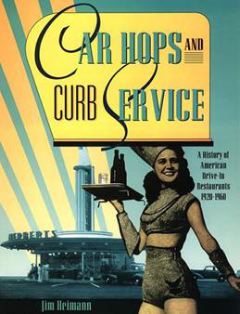
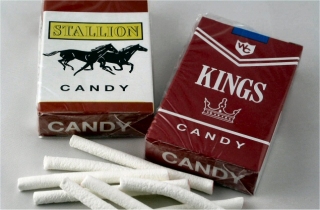

I’ve been following press reports for a few years now, chronicling the fate of Chapman Middle School and the ever-changing reasons it should be demolished in favor of something new. Not once have I seen a reference to the accolades its architect received for the uniqueness of the building.
The late David Coletti of the Coletti Brothers Architectural firm designed the building. Upon completion in 1962, it earned national recognition. It was admired for its classrooms with “long lines of windows which brightened every room.” The school itself was expansive, with 12 levels, rising by half-flights of stairs.
It had a closed-circuit television studio with modern cameras and recording equipment, unprecedented in a bluecollar town likeWeymouth. The building is a prime example of mid-century modernism.
The auditorium represented one-sixth of the building, behind which were soundproof music halls. The vocationaltechnical portion of the building was designed with “saw teeth” sky lighting only, leaving wall space free for machines and tools. The enormous circular cafeteria was surrounded by windows with ceiling beams striking out from the center dome like spokes on a wheel.
Although adjacent to wealthier blueblood suburbs, Weymouth public schools were considered top-notch in the eyes of both prospective employers and universities.
Construction of the Southeast Expressway in the late 1950s brought economic migration from Boston. The pre-1962Weymouth High School on Middle Street, with its beautiful ivory-clad brick tower, was too small to accommodate the population boom. High-schoolers endured double sessions until the new building opened in 1962. In the fall of 1962, students ceremoniously walked from the old high school to the new. Sadly, the old building, which my grandmother attended in the 1920s and my father in the 1950s, was burned to the ground by an arsonist in 1971.
In Oakland, where I now live, I serve on the city’s historical commission. When I learned about the plans to tear down the 1962 building, I showed photos to architects and historians. Even those not particularly interested in mid-century modernist architecture were impressed. Some were New England natives and knew Weymouth. The collective opinion was that many New England preservationists’ sense of history is reserved for 18th and 19th century architecture, with no respect for anything subsequent. Mid-century modernism, written off as odd, is now a respected architectural genre, deserving of preservation. Weymouth appropriately values Abigail Adams and her wooden home. But think more broadly, Weymouth.
I believe my grandfather, J. Francis “Panky” Martin, who was principal of the school until 1970, would now advocate for whatever serves the interests of students, demolition or preservation. His passion was quality education. But he also thought Coletti’s building was a gem and frowned upon the neglect of any school and fiduciary irresponsibility in general. He also headed the 1955 Central Junior High which met a premature demise due to the town’s fiscal woes in the early 1980s. My architectural and historian colleagues in California tell me that a municipality can find any professional consulting firm to tell them whatever they want to hear – recommending demolition of a building or not. Truth is, historical preservation and quality education are not incompatible, unless local political interests are at stake, at which point the deal is done.
Proposition 2½ dealt a huge blow to theWeymouth schools in 1981. The town voted against a property tax override in the early 1990s, resulting in the closure of Weymouth South High School, the firing of innumerable faculty and staff and cramming all high schoolers back into Coletti’s building, by then known asWeymouth North High School. How ironic that demolition advocates now seek a property tax override to replace this iconic building.
Politics aside, as someone not educated inWeymouth and not aWeymouth taxpayer, but with a keen interest in the town’s history, I view the current situation with sadness. As Joni Mitchell once sang, “Don’t it always seem to go… that you don’t know what you’ve got ‘til it’s gone.”
■
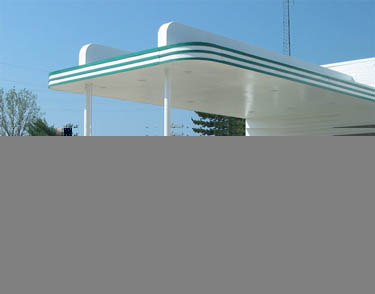

Jimbo’s South
LASTWEHEARD…
Jimbo’s South’s original owner was Charles Doulos, whose family operated the legendary Jimmy’s Harborside on Northern Avenue in Boston for three generations. Jimbo’s was intended to be a less formal version of the Boston seaside eatery. The Boston restaurant closed after 80 years in 2006. A short circuit in a sign sparked a 1996 fire that caused $40,000 in damage and briefly closed the Braintree restaurant. The 240seat Jimbo’s hosted comedy shows for more than a decade. The Doulos family sold the restaurant to Christopher DeCloux of New Hampshire, who renamed it Jimbo’s Steak and Fin. A few years later, in 2008, the restaurant abruptly closed.
Jimbo’s South opened in 1985 at the corner of Franklin and West Street in Braintree at a site long occupied by restaurants. From 1957 to the early 1980s, it was the home of the Braintree 5 Corners Chinese Restaurant. Before that, the Allison House occupied the property, and before that, it was a restaurant named Anne Standish.
WHAT’S HAPPENING NOW?
The property remained vacant for a few years before the building was torn down and replaced by the TD Bank branch that now occupies the site.
■ Jimbo’s South in Braintree in 2008.

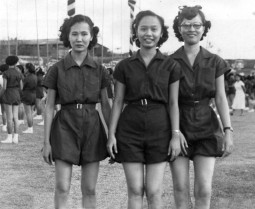
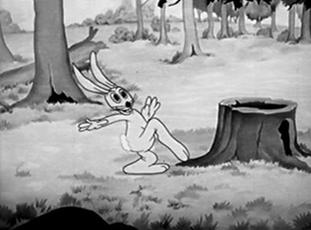


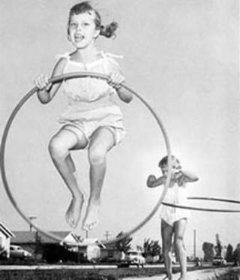
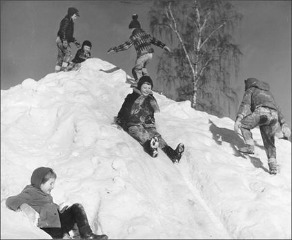
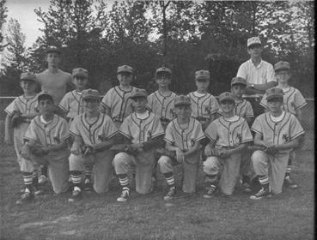
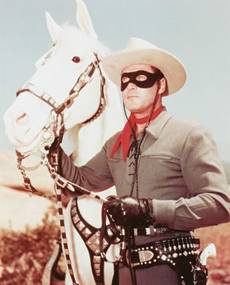

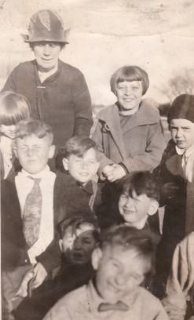
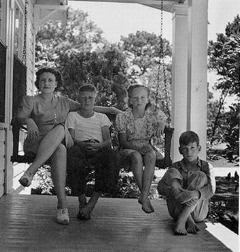
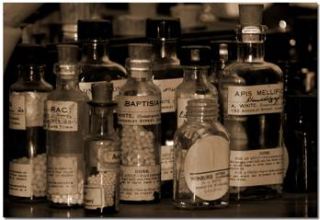
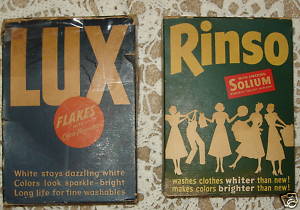


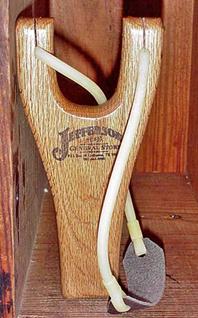


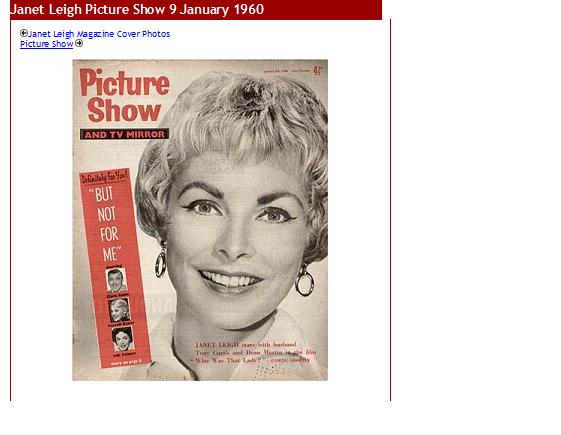
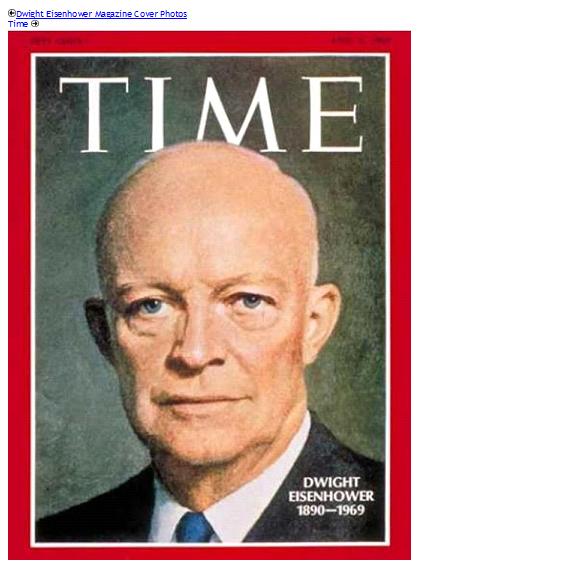
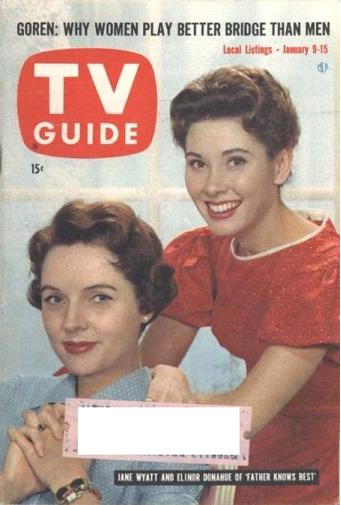
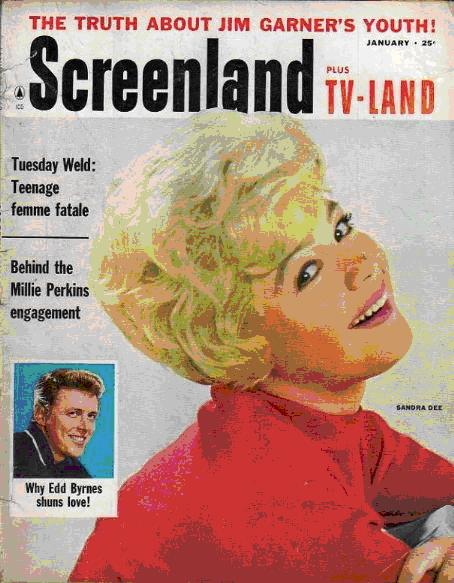
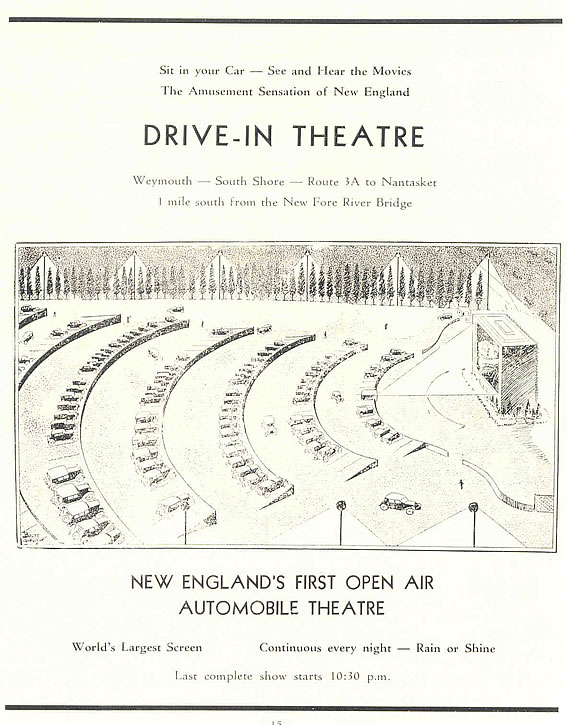
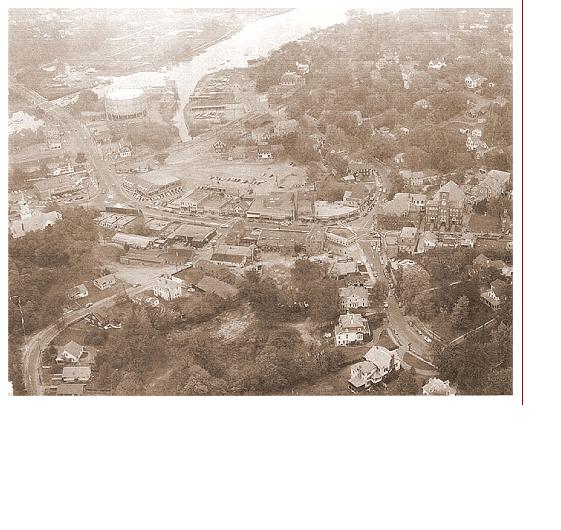
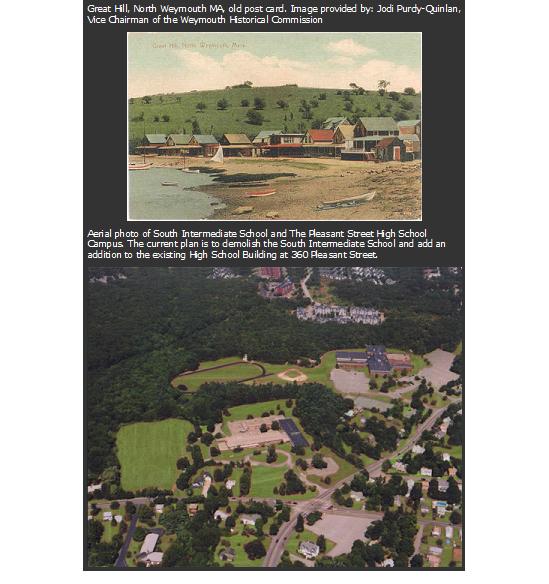

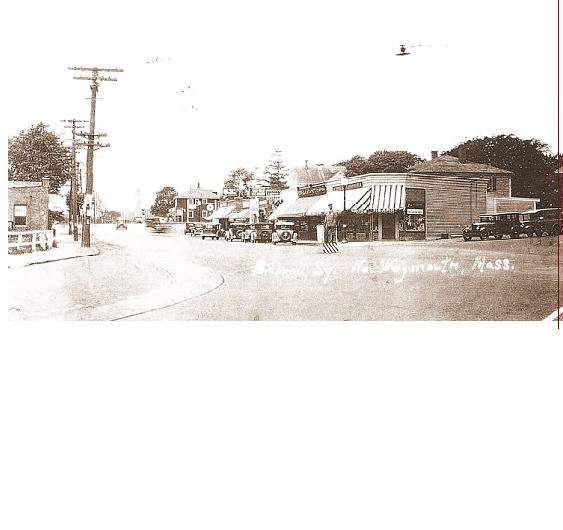
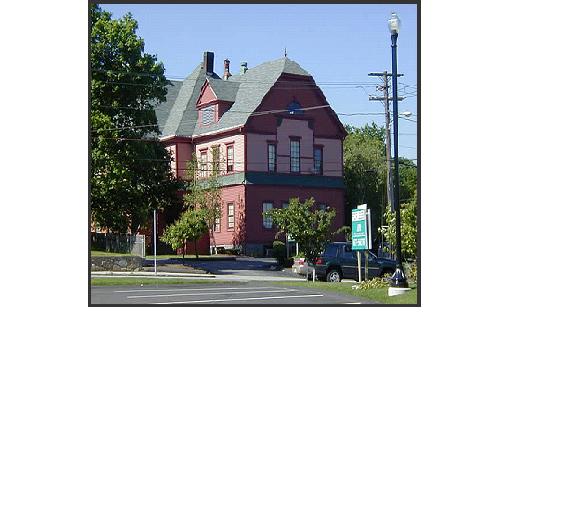
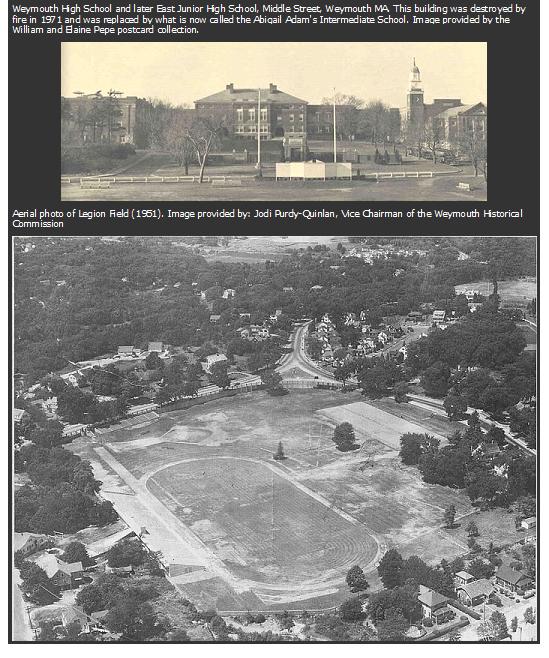


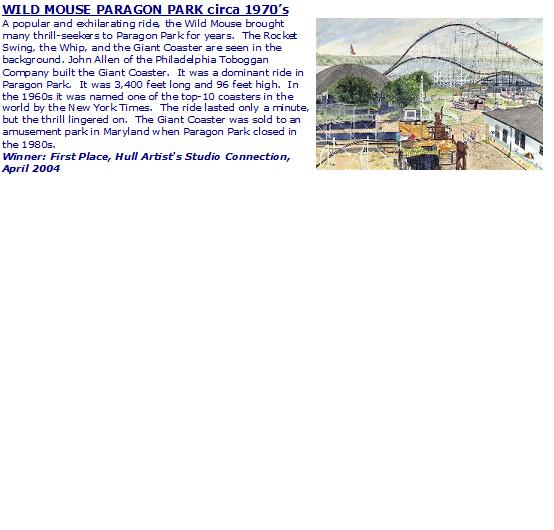
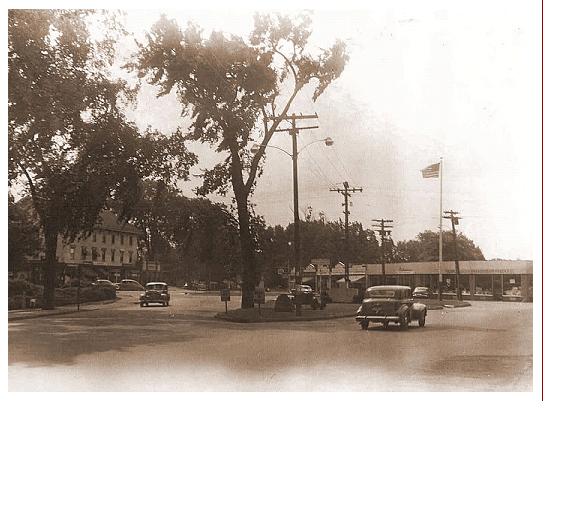
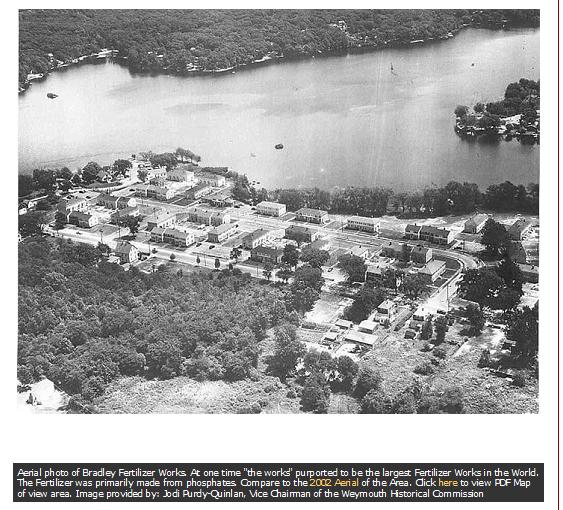

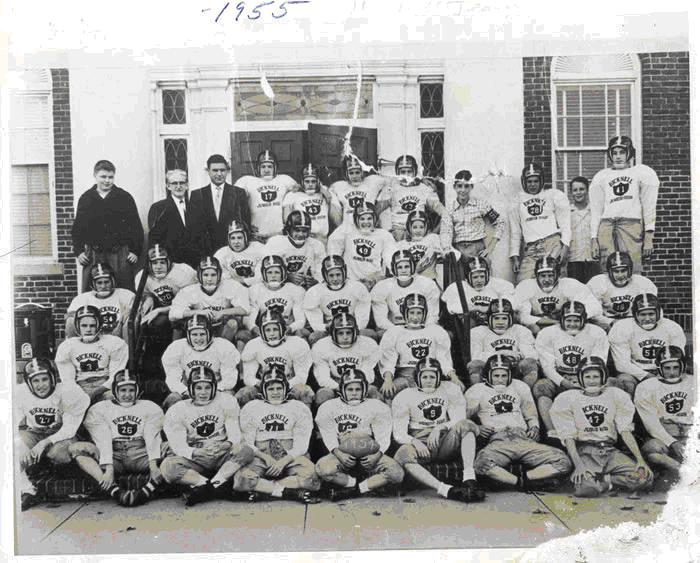
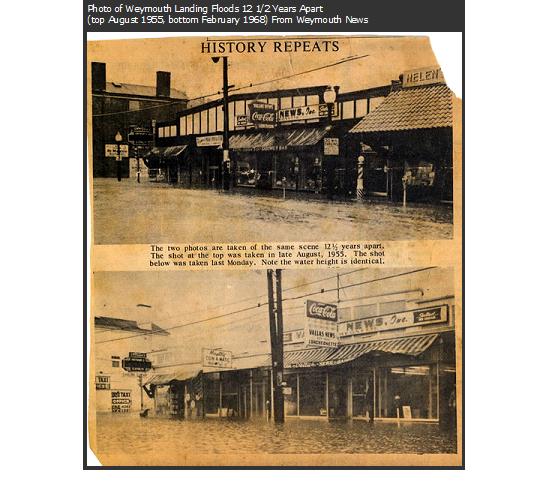

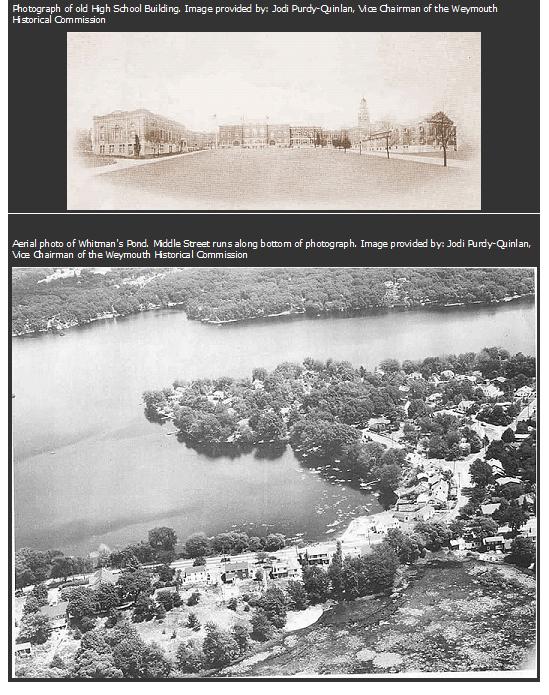
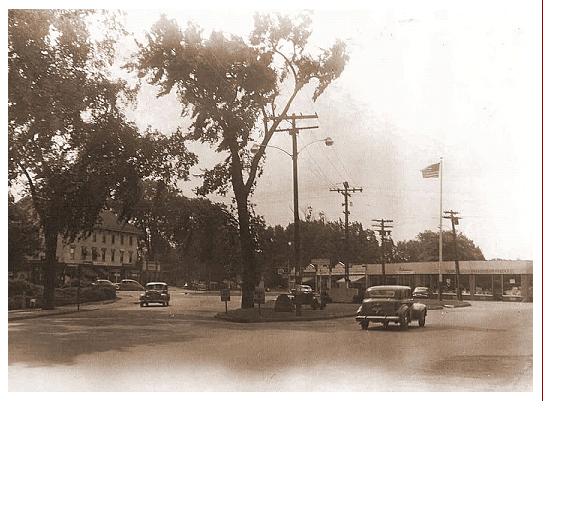





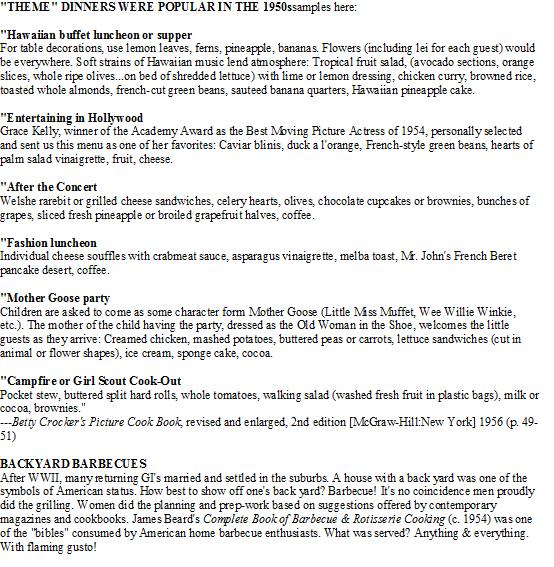
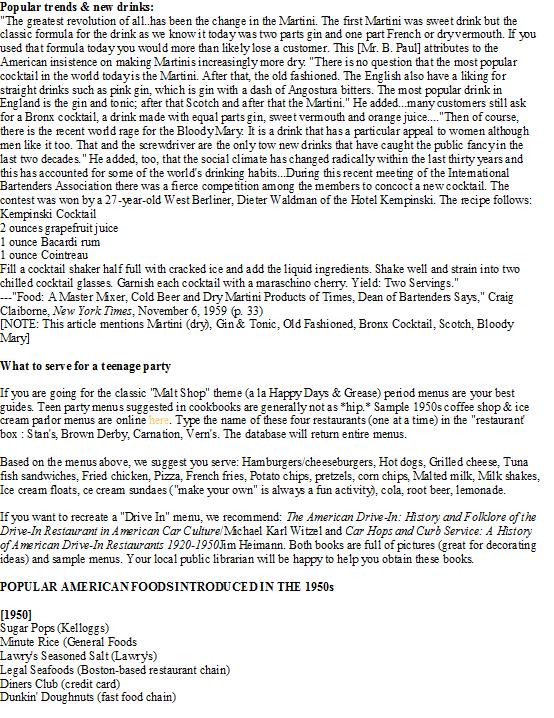
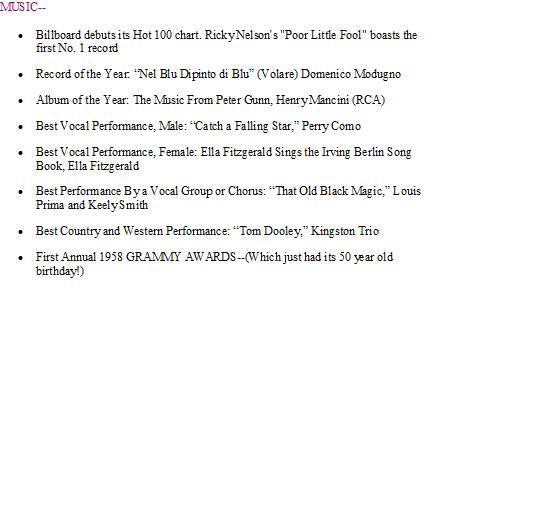
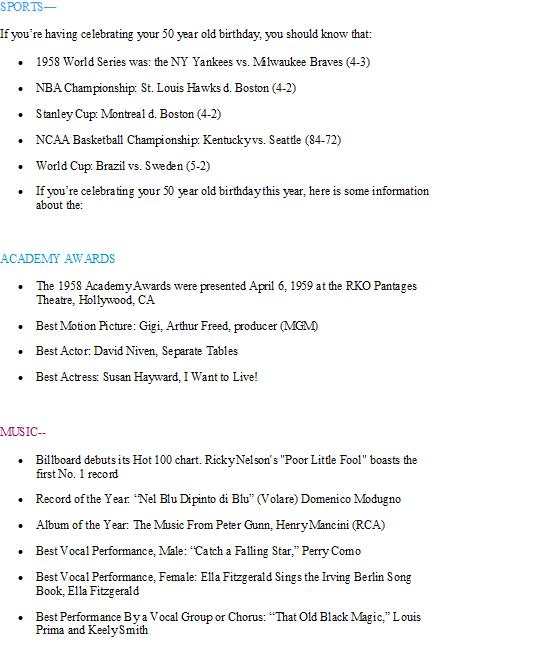

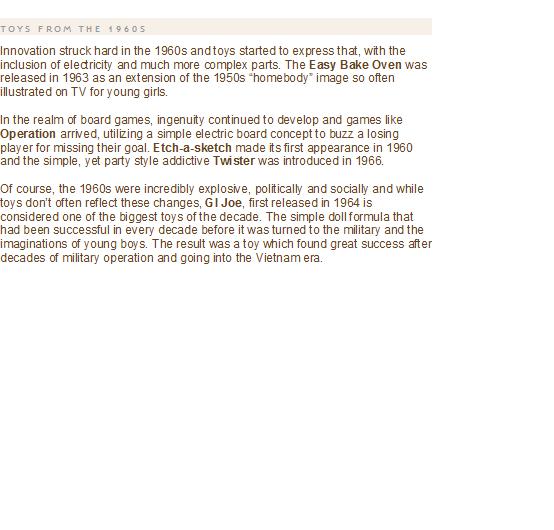
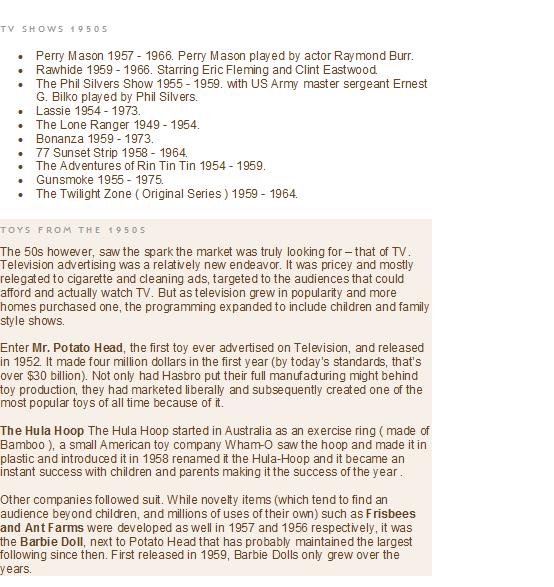
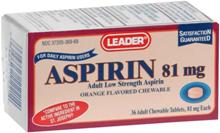
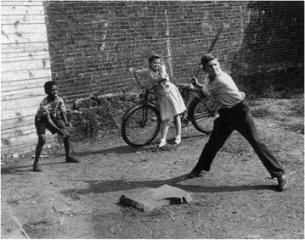
He had a really great heart’
BRAINTREE – As Awards Season continues, winner upon winner apologizes for not having time to thank everyone who helped them.
The celebration of Arthur Valicenti’s life that will be held Feb. 9, from 2-3 p.m. at Thayer Academy’s Center for the Arts, will be the opposite. There simply couldn’t be enough time allotted to everyone who’d want to thank Valicenti for the ways he helped them.
Valicenti, a legendary coach and athletic director at Thayer from 1958 to 1991, died Jan. 23 at 87. Though his health had deteriorated, some who played for him couldn’t quite believe he was gone.
“To me, he was indestructible,” said Glen Giovanucci, a Marshfield native who played hockey under Valicenti in the 1970s. “He was one of those guys you thought would be here forever.”
Scituate native Dave Silk, a hockey teammate, understood what Giovanucci meant, calling Valicenti “kind of a force of nature” at Thayer, where he coached hockey, football, baseball and eventually golf while running the athletic department. “There was nothing contrived about him, nothing scripted.”
Valicenti only spent a post-grad year at Thayer, after graduating fromWeymouth High School in 1950. Shortly after finishing his athletic career at the University of New Hampshire and serving two years in the
VALICENTI/ PAGE 20
■ ArthurValicenti coached over 1,000 games atThayer Academy and served as the athletic director.
THAYER ACADEMY PHOTO
VALICENTI/ FROM PAGE 19
Air Force, though, he was back at Thayer, establishing the school’s hockey program in 1958. By 1959 he was head football and baseball coach, and he became athletics director in 1962.
Valicenti coached more than 1,000 games in those three sports, and Thayer won almost 750 of them. His 152-56-10 football record through 1990 included six undefeated seasons, the most famous an 8-0 campaign in 1964 in which the Tigers didn’t allow a single point. Thayer’s hockey team went 396-204-23 through 1990-91, winning six Independent School League championships and backto- back New England titles (198586, ’86-87). The baseball team went 196-100 before he passed that program on after 1978.
Fittingly, Valicenti was the lone inductee when Thayer established a Sports Hall of Fame in 1991, but that distinction represents only a fraction of his legacy. He’s joined there by his wife of 65 years, Viorine, whom he met at the school (she played field hockey, basketball and softball), and two of his three children: Sherry (Class of 1975; basketball, lacrosse) and Dale (1977; football, hockey, baseball). For the last 23 years, the boys hockey team has played Independent School League rival St. Sebastian’s for the Valicenti Cup.
And now, there’s the Arthur Valicenti Rink at Thayer Sports Center. Valicenti was there for the dedication last fall.
“He loved that,” said Hingham native Tony Amonte, who played for Valicenti and is now head coach. “It was great that he was able to be here to see it come to fruition, to see us step on Thayer ice.”
Valicenti made certain that the right people came to see his players, no matter what rink the Tigers called home. College scouts and coaches were rarely disappointed, consistently coming away with NCAA Div. 1 talent. Some, like Silk (Class of 1976), Marshfield’s Jeremy Roenick (1988) and Amonte (1989), didn’t just excel at the college level, they increased the program’s visibility on a national and international scale: Silk was a member of the “Miracle on Ice” 1980 U.S. Olympic team before launching a pro career; Roenick and Amonte became NHL stars who were instrumental in truly putting the U.S. hockey program on equal footing with Canada, Russia, and other European powerhouses.
Hockey players have never stopped coming. From Avon’s Mike Mottau (Hobey Baker winner, 1999-2000) to Brooks Orpik (two Stanley Cups) to Scituate native/ first-round draft pick/long-time NHLer Ryan Whitney to Steve Greeley (also of Scituate), the current assistant general manager of the Buffalo Sabres whose postplaying career includes a Stanley Cup as a scout with the Los Angeles Kings, Thayer-developed talent continues to be spread world-wide.
And, as players kept coming, former players kept coming back to see and spend time with Valicenti.
“The most fun that I had with him was playing golf at Halifax,” said Silk, who didn’t take up the game until roughly 20 years after he played his last game at Thayer. “I was first learning how to play, and I’d go out with him and a couple of his pals, and it was a blast. He was competitive, and he was fun, and he could needle you with the best of them. I couldn’t wait to play with him.”
“Right around Christmas, I realized I hadn’t talked to him in a while,” said Giovanucci, who went from Thayer to play for Army and then Northeastern University. “So I called him, and it was awesome – telling old stories, laughing the whole time.”
Not that playing for Valicenti was all fun and games.
“One thing about Arthur was that you always knew where you stood – good or bad,” Silk said. “He was candid and honest. He would tell you something you might not necessarily want to hear, but if he felt it needed to be said, he was going to say it.”
“He was a tough coach to play for,” said Amonte. “He was definitely a strict guy. He had a method, but it was still fun to play for him. We did a lot of winning, and it was a great time for Thayer hockey.”
The program meant enough to Amonte to draw him back in. As the Tigers’ hockey profile dipped a bit in the new millennium, he came back in hopes of raising its profile again.
“It had a lot to do with Arthur,” said Amonte, a U.S. Hockey Hall of Famer who brought Valicenti to see Roenick enshrined in 2010.
“The program wasn’t doing as well as we would have wanted, we seemed to be losing a lot of kids … It was a tough time.
“When the opportunity arose, it seemed like a natural fit to slip in. I thought it would be a great challenge to get in here and try to re-establish what Arthur had established.”
Amonte isn’t alone. Football coach Jeff Toussaint, aWeymouth native who played football for Valicenti through 1982 (one teammate was Chris Grant, the younger brother of Milton nativeWill Grant, who enjoyed a 10-year NFL career) before playing football and baseball at Brown University, was back at Thayer as a teacher and coach by 1997. He has been head football coach since 2004, and served as head baseball coach for three years.
“Arthur instilled discipline, mental toughness and physical toughness,” Toussaint said. “But what I really admire, as I look back, is the way he could take all these kids from different cities and towns in the area, bring them together, and have them take such pride in becoming a team.
“None of us cared who scored the touchdowns, who touched the ball the most. We just loved being on the team, competing together, and winning games. I attribute that to the atmosphere he created for us. We loved being part of it. It was a big part of my identity.”
While he could be as hard as nails on a bench, sideline or in the dugout, Valicenti had every player’s best interests at heart.
“He thought about each kid, and tried to put each kid in a spot where he could contribute, and feel good about himself,” Toussaint said. “I think about that all the time. Even though he was an old-school kind of guy, he had that softness in him.”
“He had a great heart,” Silk said. “At the bottom of it all, he had a really great heart.”
